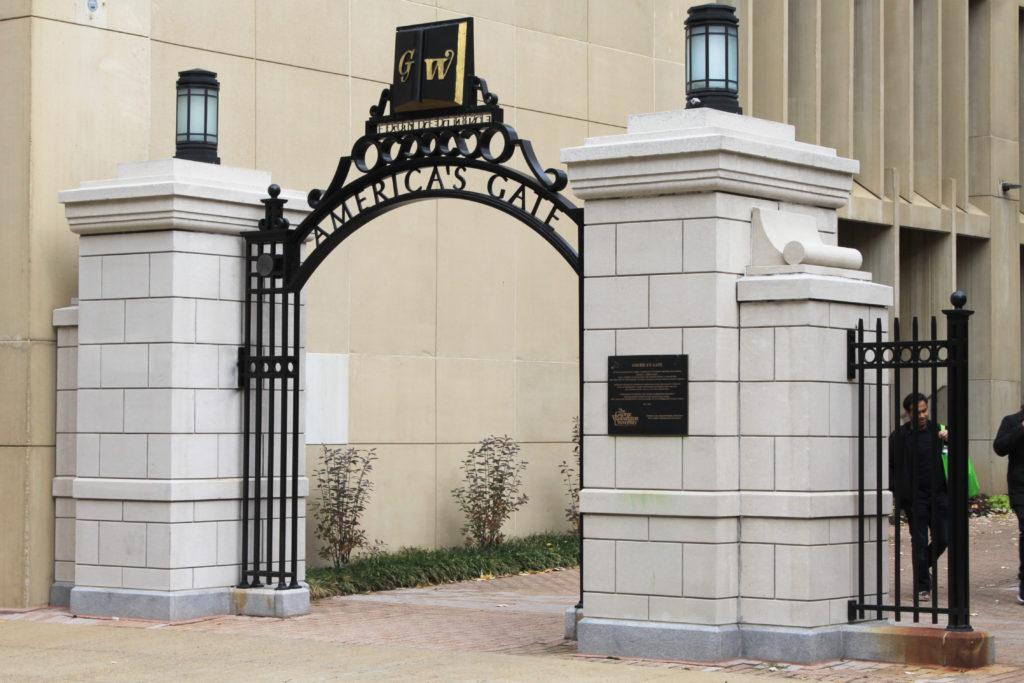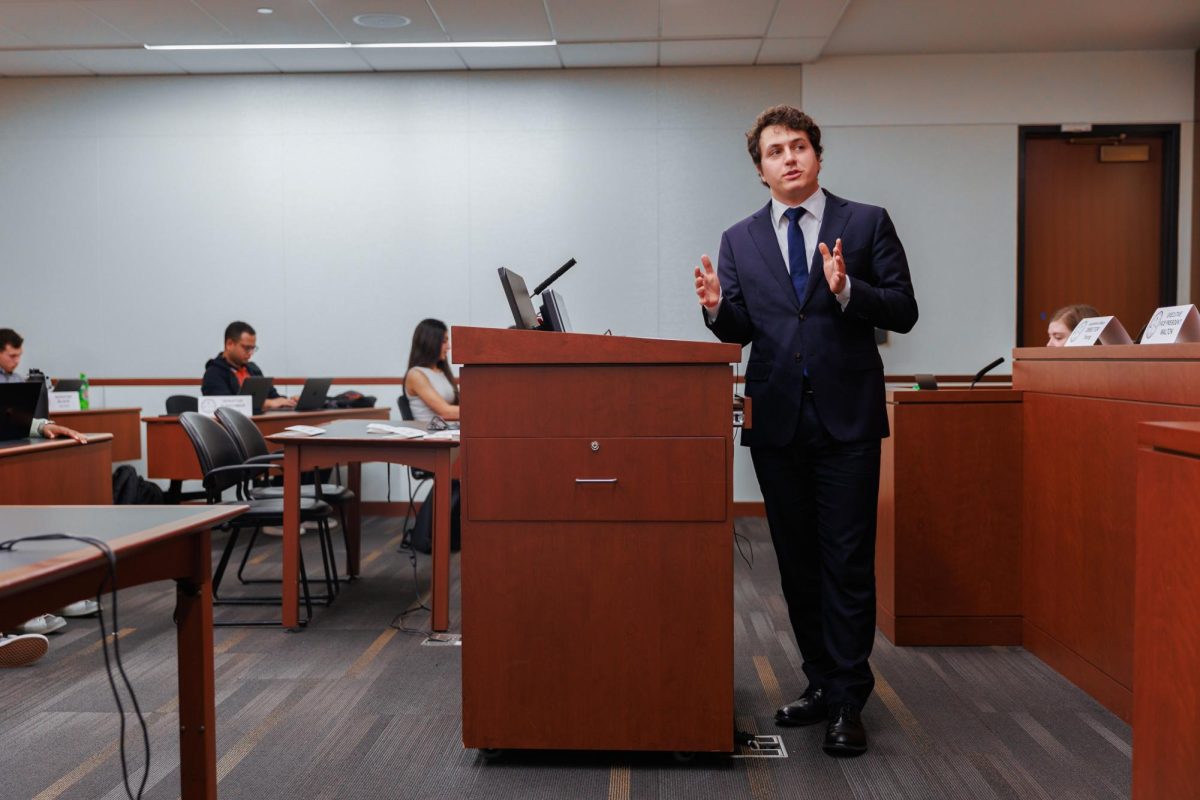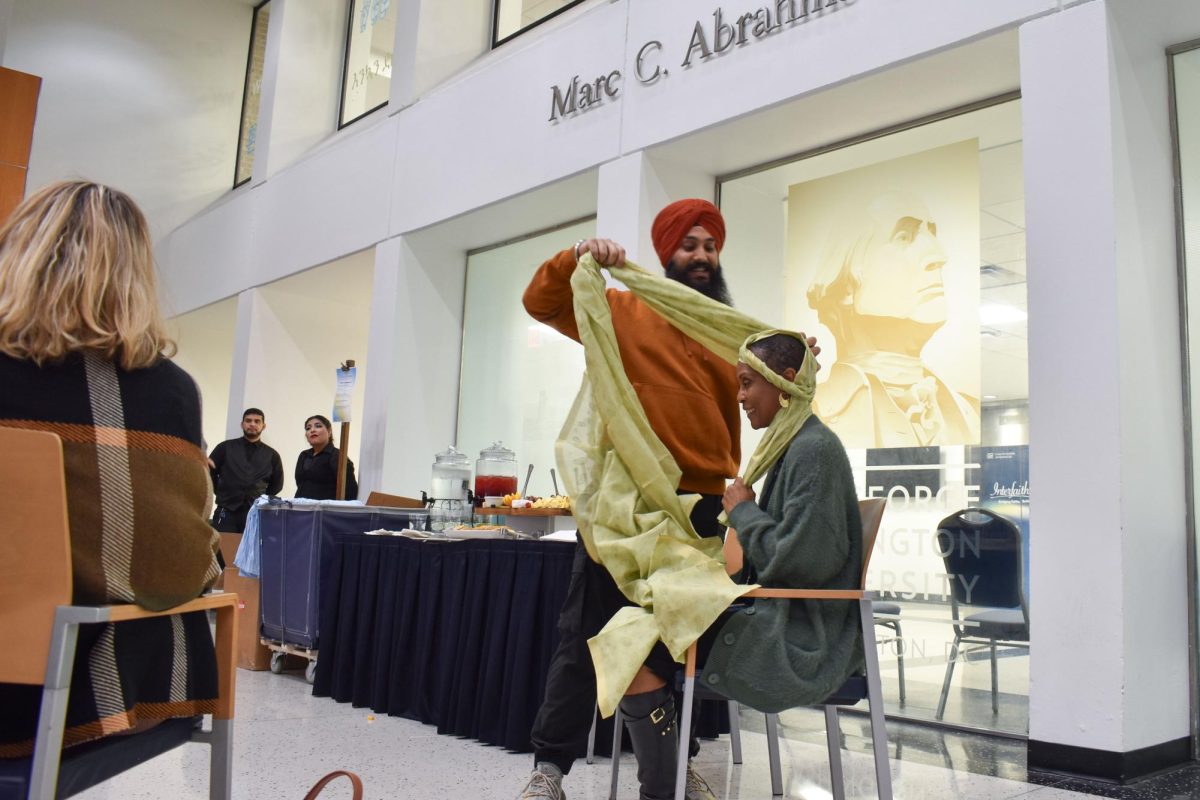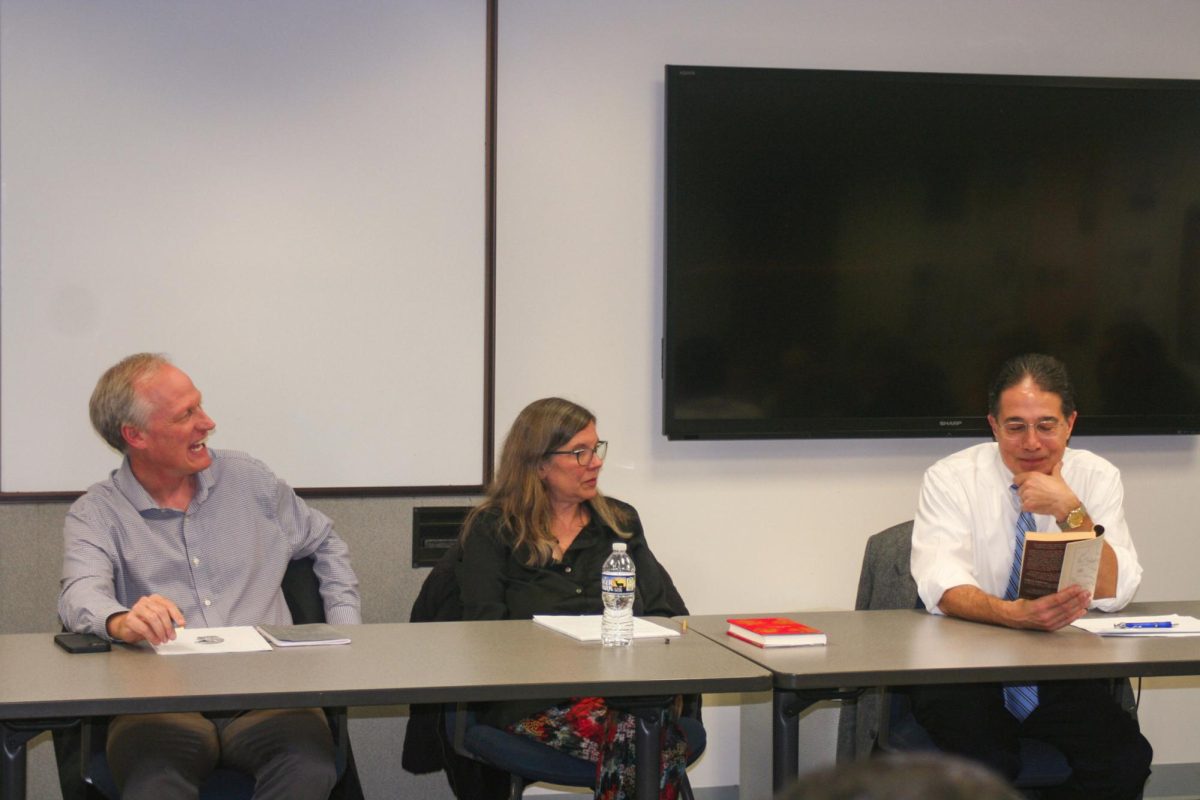Officials are asking students if they plan to return to campus this fall as GW shifts to a hybrid instruction model.
The survey asks a series of questions related to students’ concerns about campus life and their preferences about housing and classes as officials seek approval from D.C. to resume in-person classes this fall. Provost Brian Blake and Vice President of Student Affairs and Dean of Students Cissy Petty said in a letter to students accompanied by the questionnaire that the campus experience will “look and feel different” this fall.
“This will not be the fall semester that most of us are used to,” Blake and Petty said in the email. “Together, as a community, we will all need to make adjustments and changes to the way we live, work and play until there is an effective vaccine for COVID-19.”
Here’s what you can expect if you decide to come back to campus in August:
Hybrid instruction model
Most fall classes are expected to be delivered in a hybrid format, meaning students will be able to participate remotely if they do not return to campus or need to quarantine.
“Wherever possible, classes will offer the option of remote instruction to those students who cannot return to campus,” Blake and Petty said in the email.
Faculty are able to opt out of teaching in person this fall, which could move classes to a remote setting even if students are on campus.
Officials are working to determine how many faculty plan to teach remotely this year, but the independent Faculty Association surveyed 121 professors earlier this month and found that 41 percent of respondents planned to request teaching accommodations for the fall, compared to 43 percent of respondents who indicated they would not do so.
For instruction held in person, officials are modifying classrooms to maintain six feet of space between students and a six-foot “protection zone” for faculty. Students will be required to wear face masks during all classes under GW’s reopening plan submitted to the District.
[gwh_image id=”1122171″ credit=”” align=”none” size=”embedded-img”][/gwh_image]
Officials also plan to implement “enhanced cleaning” of all classrooms, and students and faculty will have access to cleaning supplies as needed.
Blake and Petty said in the email that “exceptionally” large lectures may also be held exclusively through remote instruction.
Other large classes may be moved to alternative spaces, including the Marvin Center Grand Ballroom, the Lerner Health and Wellness Center basketball courts or outside under large tents, administrators have said.
Socially distant campus life
If Mayor Muriel Bowser follows guidelines recommended by the ReOpen D.C. Advisory Group, which she established in late April, mass gatherings will be limited to 250 people until a coronavirus vaccine is widely available. Bowser is currently limiting gatherings to a maximum of 50 people during Phase Two of D.C.’s reopening.
Officials said they aim to provide students on campus with opportunities to “connect” and “engage” with each other while following local regulations.
“We will be offering a campus experience, perhaps smaller and more intimate – socially distant – than you have been used to,” Blake and Petty said in the email.
Officials will also suspend a program started last fall that gave students access to all on-campus residence halls. Access to lounges and communal gathering spaces in residence halls will also be revoked, according to GW’s reopening plan.
Outbreak prevention
With no effective coronavirus vaccine expected for months, officials are focusing prevention efforts through three strategies: testing, contact tracing and quarantining.
Administrators plan to test the GW community regularly for the presence of the virus as well as COVID-19 antibodies to monitor infection rates but have not yet announced a specific strategy. Officials have floated testing the entire campus population for the virus weekly and antibodies twice a month or sampling a representative population – like testing a quarter of the campus community weekly.
The testing results will inform the University’s operating status, which will move between four levels of restrictiveness that correspond to D.C.’s stay-at-home order and the first three phases of the District’s reopening, GW’s plan states.
[gwh_image id=”1122170″ credit=”” align=”none” size=”embedded-img”][/gwh_image]
If officials identify an outbreak during the semester through the coronavirus testing strategy, in-person instruction may be suspended temporarily. Students will finish most classes remotely for two weeks after Thanksgiving in anticipation of a potential second wave of the virus.
Officials also plan to establish a Campus COVID Investigation Team to assist the D.C. Department of Health with contact tracing efforts when students become infected, as part of the University’s reopening plan submitted to the District.
“One member of CCIT as well as a member of our public health faculty will be in regular communication and coordination with the D.C. DOH to ensure a free flow of information between GW and the DOH, as required or permitted by law and to ensure rapid response to any circumstances on our campus that are suspected of facilitating the spread of COVID-19,” the plan states.
Students who come into contact with those infected with the virus will be required to quarantine for 14 days in their residence hall, if they are able, or in GW’s quarantine facility, according to the plan. Officials have not yet announced where the facility will be located.
Administrators are upgrading classroom technology this summer so that students in quarantine can still participate in classes remotely.








